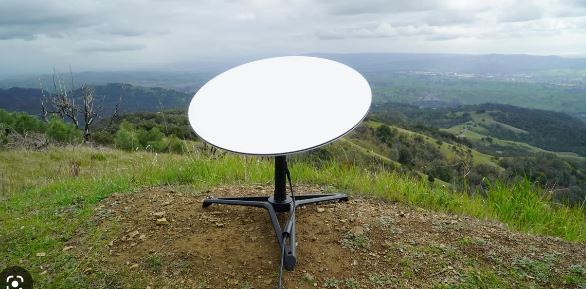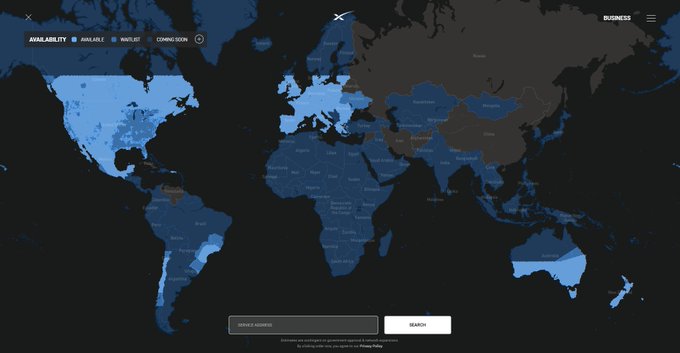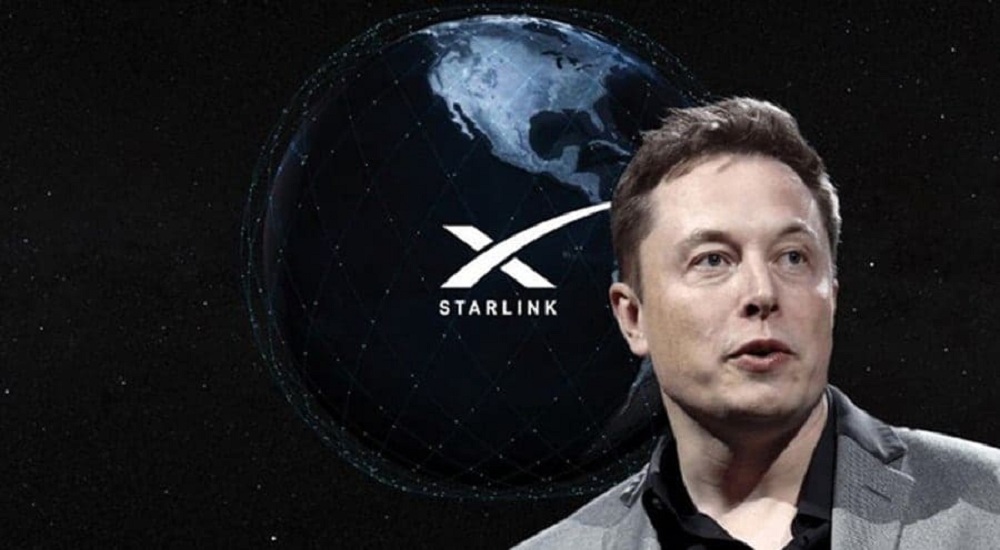Elon Musk-owned SpaceX is eagerly working on launching Starlink satellite internet service in Nepal. In its latest effort, the US-based company reportedly demonstrated how its satellite network works to convince the government to facilitate its service launch in Nepal.
It’s emerged that on Kartik 09, 2081, Starlink representatives including its Global Licensing and Marketing Activation Director Rebecca Slick presented a demo to the current prime minister KP Sharma Oli, Communication Minister Prithvi Subba Gurung, and other high-ranking officials on how its satellite internet works. Besides the demo, the team also shared other key details with the government.
The Elon Musk-led company has been trying to launch its satellite internet in Nepal for some years but faces legal challenges and skepticism. So, the demo focused on how the internet works and data security. Bizmandu reports that the Starlink team brought the necessary device for the demo. It’s been stated that the team related to the government that it won’t use any additional satellite to operate the internet for Nepal.
Continuing with the prime minister in the equation, Elon Musk talked with Prime Miniter Oli just recently via Microsoft Team discussing many topics that included Starlink. It’s said that Oli is positive about bringing the US company in Nepal for satellite broadband. He himself posted a photo of him and Musk on the screen in their virtual dialogue.

So, their electronic meetup has further raised the prospect of SpaceX’s growing chances of launching its service in Nepal.
SpaceX has made protracted efforts before
The company has been in close contact with the regulator Nepal Telecommunication Authority (NTA) to speed up its service launch in Nepal. The US company has applied for a license to operate satellite Internet service. But the challenge is that Nepal’s existing law is proving to be a major hurdle for the ambitious brand.
Earlier, Starlink reached out to NTA via a virtual dialogue in which the company’s senior management team asked about the possibility of a hundred percent foreign investment in the project. It’s been reported that the satellite broadband company would enter Nepal only with its full ownership. However, the regulation holds that in Nepal, a foreign company needs to allocate a 20% share to a local partner.

So, it could be a major stumbling block for the US company to launch its dedicated satellite internet service in Nepal. The government though has expressed its willingness to study into the matter. SpaceX has proposed to invest about Rs 6 billion in the satellite internet project in Nepal.
Despite the only 80% investment law being an impediment, there are other conveniences for SpaceX to operate in Nepal. For e.g., Starlink will require only its infrastructure to start its satellite service in Nepal which mainly includes its already orbiting satellite constellations. It won’t even have to have an office in Nepal. A contact person in Nepal will only be necessary to communicate the essential information.
Check out: Best ISPs in Nepal
Starlink’s earlier expansion plan and way ahead
In the company’s coverage map released in 2022, SpaceX listed Nepal on the waitlist for 2023 for its internet service. That didn’t happen. As of now, Starlink Internet is available in over 85 countries.

Despite plans, SpaceX couldn’t launch its Starlink satellite internet in Nepal in 2023 so the company is again making renewed efforts to get approval from Nepali authorities.
But as SpaceX continues to attempt to persuade the government for its plans, private company Kacific has already launched a satellite internet service that is available in select Northern regions of Nepal.
This might interest you: How to Use Emergency SOS via satellite on iPhones? Explained
Expected Starlink Internet price in Nepal
If Starlink does launch its satellite internet in Nepal, the main challenge could be the cost factor. In the US, Starlink Internet comes in Standard, Priority, Mobile, and Mobile Priority packages with a basic speed of 25 – 100 Mbps to 40 – 220 Mbps. And the cost ranges between $120 to $250 – $5,000. In direct conversion, this amounts to Rs 16,229.23 to Rs 676,217 (applying the exchange rate of Kartik 22, 2081). Additionally, there are equipment costs coming in upfront which adds up further in the total installation cost making it beyond the reach of the average Nepali internet users.
| Starlink Packages | Speed | US Price per month | Expected price in Nepal |
| Standard | 25-100 Mbps | $120 | Rs 16,229.23 |
| Priority | 40-220 Mbps | $140-$500 | Rs 18,892.38 – Rs 67,472.78 |
| Mobile | 5-50 Mbps | $50-$165 | Rs 6,747.28 – Rs 22,266.02 |
| Mobile Priority | 40-220Mbps | $250-$5,000 | Rs 33,736.39 – Rs 674,727.77 |
So, it remains to be seen how SpaceX seeks to structure its internet plans in terms of speed, price, and packages.
Benefits of satellite internet
Satellite internet is ideal in areas where fixed-line fiber internet can’t expand such as the remote Himalayas, and hilly regions in Nepal. Wireless broadband helps connect regular people as well as institutions such as education, health, government offices, etc. Remotely-operated services such as telemedicine can also benefit from satellite broadband.
Don’t miss: Four Companies Shortlisted For Nepal’s Satellite Launch
SpaceX provides satellite internet through its constellation of low earth orbit (LEO) satellites. As of September 2024, there are 6,426 small fast-moving satellites providing satellite broadband service to users on Earth.













